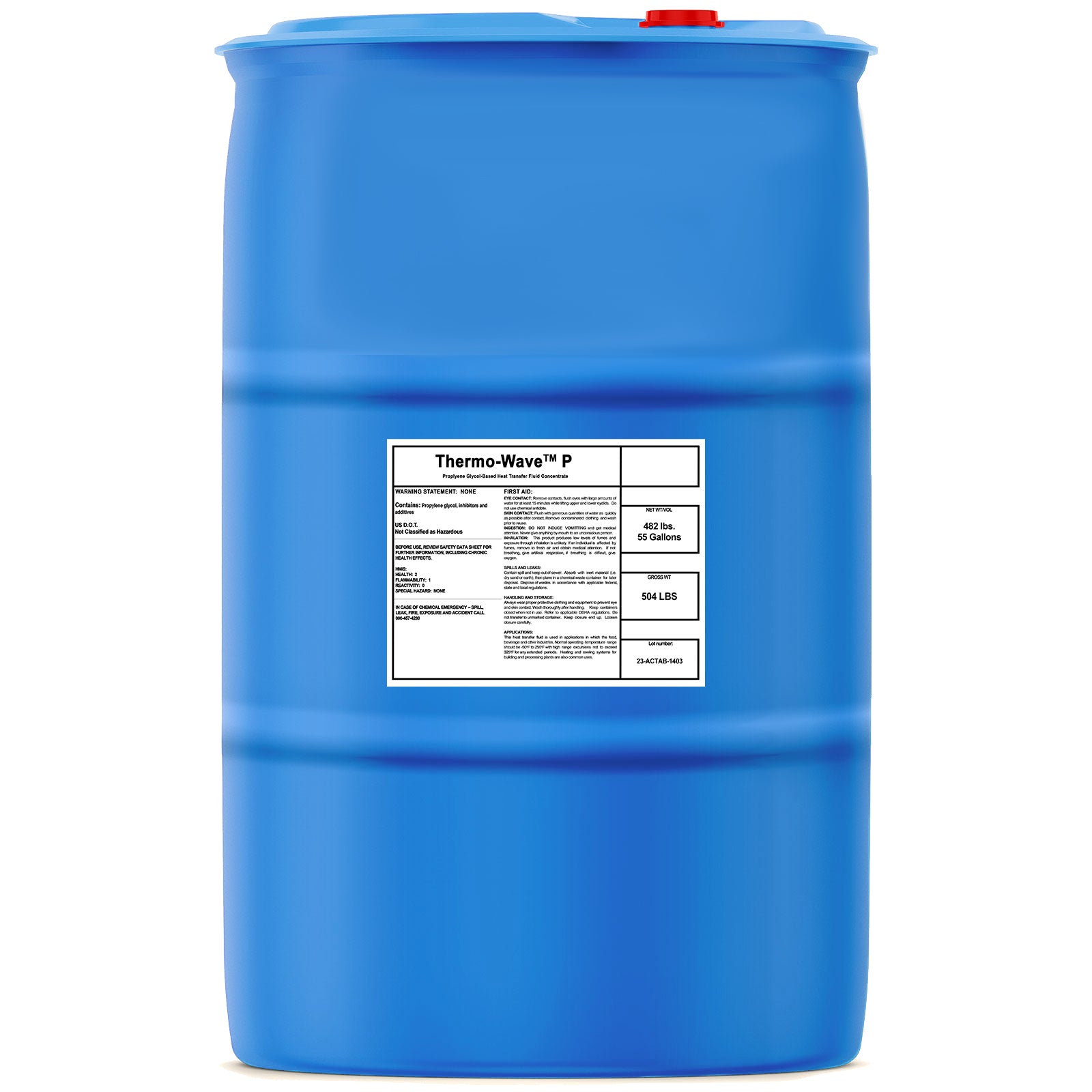How to Pick the Best Heat Transfer Fluid for Industrial Applications
How to Pick the Best Heat Transfer Fluid for Industrial Applications
Blog Article
Why Warm Transfer Fluid Is Necessary for Optimizing Power Transfer in Systems
The role of heat transfer fluids in enhancing power transfer is crucial for achieving effective thermal administration throughout various commercial fields. These liquids promote smooth warmth exchange, making certain procedures run within optimum temperature level arrays and mitigating the risk of getting too hot. Their option, based upon variables like thickness and thermal stability, directly influences the effectiveness and sustainability of a system. However, the details of selecting the right fluid are usually underestimated. What are the critical factors to consider for this option, and just how do they influence both financial performance and environmental obligation in industrial applications?

Role in Thermal Administration
Heat transfer fluids play an essential role in thermal administration by effectively regulating temperatures in different commercial processes and systems. These specialized liquids facilitate the transfer of heat between different components, making certain ideal operating problems and preventing overheating. By preserving precise temperature control, heat transfer fluids enable industries such as chemical production, oil and gas, and power generation to operate safely and effectively.
The choice of an appropriate warm transfer fluid depends upon a number of variables, consisting of thermal security, warm capacity, and thickness. High thermal stability ensures that the liquid can endure extreme temperatures without degrading, while a high warmth ability enables it to absorb and release substantial amounts of warm - heat transfer fluid. Low thickness reduces the energy required for pumping, adding to total system effectiveness
Moreover, warm transfer fluids are integral in applications like refrigeration, where they aid soak up and dissipate heat throughout the cooling cycle. In solar thermal energy systems, these fluids capture and transport solar warmth to create electricity or offer warm water. Their flexibility to diverse operating problems and capacity to keep regular thermal performance underscore their importance in commercial thermal monitoring, assisting in functional connection and enhancing precaution.

Enhancing System Performance
To take full advantage of the advantages of thermal monitoring, boosting system efficiency via the tactical use of warm transfer liquids is vital. These fluids play an important role in maximizing energy transfer by facilitating consistent thermal policy, which subsequently affects the general efficiency and durability of systems. Reliable heat transfer results in reduced energy losses, reduced functional prices, and enhanced dependability of devices. By preserving ideal temperature levels, heat transfer fluids help guarantee that systems run within their made parameters, consequently preventing getting too hot and decreasing the risk of component failure.
Kinds of Warm Transfer Fluids
The variety of warmth transfer liquids emphasizes their important role in a variety of commercial applications, each tailored to fulfill details thermal administration demands. These fluids facilitate reliable energy transfer and are picked based upon vital properties such as thermal security, thickness, and heat capacity. The key types include water, glycol solutions, oils, and synthetics, each offering unique benefits.
Water is the most common heat transfer tool due to its high certain warmth ability and explanation affordable. Its usage is limited by its cold and steaming points. Glycol mixes, often made use of in heating and cooling systems, provide a lower freezing factor, adding convenience in different climates. Mineral oils are favored for their thermal security and non-corrosive nature, making them ideal for high-temperature applications.

These liquids make sure remarkable performance in systems where traditional fluids may fall short. The option of a warm transfer liquid is important, as it affects system performance, safety and security, and longevity.
Environmental and Economic Advantages
Utilizing the best warmth transfer fluids provides considerable ecological and financial advantages for commercial procedures. By choosing fluids with exceptional thermal stability and high heat capacity, sectors can improve energy efficiency, visit here leading to reduced gas usage and lower greenhouse gas emissions. This adds to a smaller sized carbon footprint and aligns with international sustainability goals. Environmentally pleasant warm transfer fluids, frequently naturally degradable and safe, reduce the risk of dirt and water contamination in the event of leakages or spills, consequently safeguarding communities and abiding by rigid environmental laws.
Economically, the appropriate warmth transfer fluid can significantly decrease operational costs. Liquids with extended lifecycle efficiency decrease the regularity of replacements and maintenance, minimizing downtime and associated prices. Overall, the strategic use of optimal heat transfer fluids sustains sustainable economic development and ecological stewardship.
Selecting the Right Liquid
How does one browse the complex procedure of selecting the appropriate warm transfer liquid for commercial applications? Thermal stability guarantees the liquid can withstand high temperatures without deteriorating, while compatibility protects against corrosion or various other detrimental responses with system parts.
Additionally, the liquid's warm ability and viscosity are paramount. A high warmth capacity permits the fluid to soak up and transfer even more energy, boosting effectiveness. Ideal viscosity ensures minimal pump work and reliable heat transfer, particularly in varying temperature levels. Environmental and safety facets should additionally belong to the decision-making process. Non-toxic, naturally degradable fluids minimize environmental influence and abide by view it regulative criteria, minimizing responsibility threats.
Verdict
The critical selection and application of warmth transfer fluids are essential to optimizing power transfer across numerous systems. By guaranteeing high thermal security and capacity, these liquids offer specific temperature control and boost general system performance.
Report this page